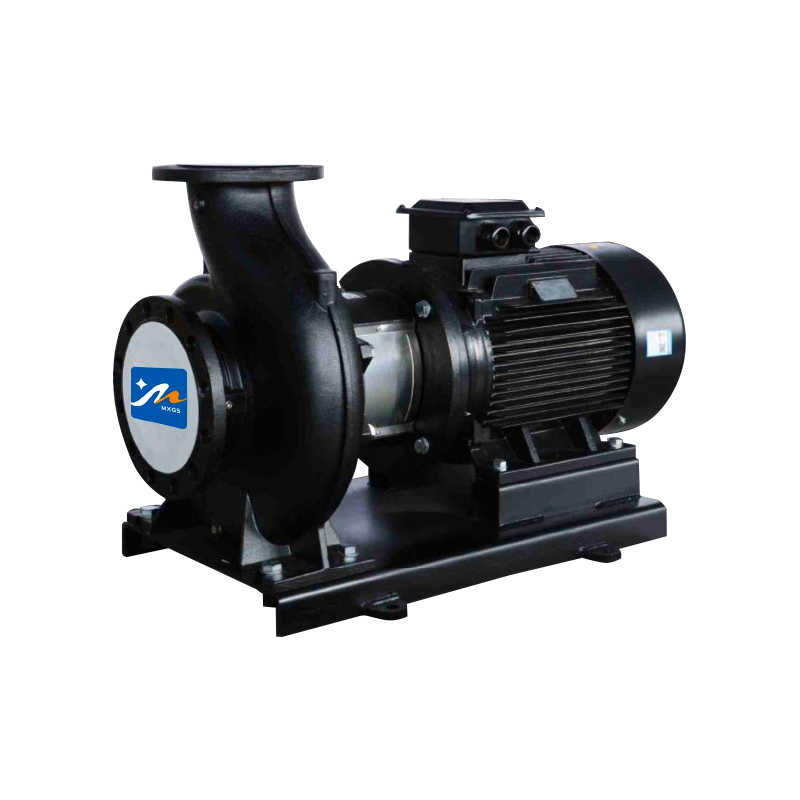Installing a inline circulator pump is essential for efficient heat distribution in radiant heating systems. These pumps ensure consistent water flow, reduce energy consumption, and improve overall system performance. This guide covers step-by-step installation, proper pump selection, and maintenance tips. It also highlights energy-efficient inline circulator pump models and the best inline circulator pump for home heating. By following this guide, both beginners and professionals can achieve a reliable and long-lasting installation.
Understanding Inline Circulator Pumps
What is an Inline Circulator Pump?
- Definition: Inline circulator pumps are integrated directly into piping systems, circulating hot water efficiently through heating loops.
- Comparison with End-Suction Pumps:
| Feature |
Inline Pump |
End-Suction Pump |
| Installation |
Integrated, compact, less space required |
Separate housing, needs more space |
| Maintenance |
Fewer parts, easier inspection |
More complex, more parts to maintain |
| Energy Efficiency |
High efficiency for residential systems |
Varies, often less efficient in small loops |
- Noise Levels: Inline pumps typically operate quieter due to compact design and fewer moving parts.
Benefits of Using Inline Circulator Pumps in Radiant Heating
- Enhanced energy efficiency and lower utility costs.
- Uniform heat distribution throughout all zones of the system.
- Compact design saves installation space.
- Applicable for both residential and commercial systems, including inline circulator pump for commercial HVAC systems.
- Reduced maintenance frequency compared to traditional pumps.
Choosing the Right Inline Circulator Pump
Factors to Consider
- Flow Rate and Head Requirements: Choose a pump that matches the specific loop lengths and heating zones.
- Energy Efficiency: Select energy-efficient inline circulator pump models to reduce operating costs and environmental impact.
- System Compatibility: Verify if the pump suits home heating, radiant floors, or commercial HVAC systems.
- Material Quality: Look for corrosion-resistant materials for longevity in closed-loop systems.
- Variable-Speed vs Fixed-Speed: Variable-speed pumps offer better efficiency and quieter operation.
Recommended Models for Home Heating
- Evaluate pumps based on flow capacity, energy efficiency, and durability.
- Compare performance and installation ease among top-rated units.
- Highlight best inline circulator pump for home heating suitable for small to medium-sized residential systems.
- Consider maintenance accessibility and warranty coverage.
Step-by-Step Installation Guide
Preparation and Safety Precautions
- Required Tools: wrenches, pipe cutters, Teflon tape, and screwdrivers.
- Turn off power and drain water from the heating system.
- Check for proper clearance around the installation site for maintenance access.
- Review manufacturer instructions for voltage and electrical connections.
Installation Steps
- Choose an optimal location in the piping system to minimize bends and pressure drops.
- Connect supply and return pipes securely, ensuring the flow direction matches the pump arrow.
- Mount the pump with proper support to reduce vibration and noise.
- Wire the pump according to safety standards; ensure grounding is correct.
- Bleed trapped air and perform a test run to verify flow rate and temperature consistency.
- Check for leaks and secure all connections.
Common Installation Mistakes to Avoid
- Installing the pump backward, causing poor circulation.
- Loose or incorrect electrical connections.
- Not bleeding trapped air, leading to noisy operation.
- Incorrect sizing causing insufficient flow or excessive energy use.
- Neglecting clearance for future maintenance.
Maintenance Tips for Inline Circulator Pumps
- Regularly inspect and clean the pump to prevent sediment buildup.
- Replace worn seals and lubricate moving parts as needed.
- Monitor system pressure and flow for consistent performance.
- Check for unusual noises or vibrations indicating mechanical issues.
- Follow manufacturer guidelines for seasonal shutdowns or winterization.
- Use inline circulator pump maintenance tips to extend pump lifespan and efficiency.
Conclusion
- Proper selection and installation of a inline circulator pump is crucial for effective radiant heating.
- Choose energy-efficient inline circulator pump models to minimize energy costs.
- Follow installation best practices and regular maintenance to ensure long-term reliability.
- Investing time in correct setup enhances comfort and system efficiency.
